
MFA students install exhibitions in Gordon Snelgrove Gallery
Each successful MFA graduate will receive the Mina Forsyth Master of Fine Arts Collection Award distributed through the Department of Art and Art History
By Shannon Boklaschuk
Gabriela García-Luna can summarize the feeling of displaying her artwork at the Gordon Snelgrove Gallery in three words: “A real joy.”
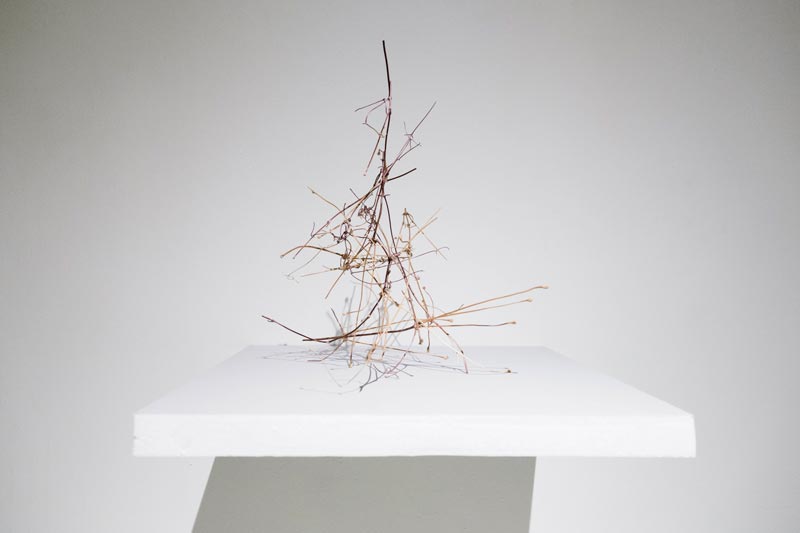
The University of Saskatchewan (USask) graduate student, who has been pursuing a Master of Fine Arts (MFA) degree in the College of Arts and Science, recently installed an exhibition at the Snelgrove—a teaching facility and public gallery managed through the college’s Department of Art and Art History—as part of her MFA thesis work. The show was set up in the space from Aug. 31 to Sept. 10.
“My MFA exhibition, TRACES, is the main component of my thesis and the result of a series of conceptual and practical explorations made during the two years of my graduate program,” said García-Luna. “Using a diversity of art mediums such as photography, sculpture, drawing, and video, my exhibition proposes a walk of exploration in the space to encounter objects, images, and reflections.”
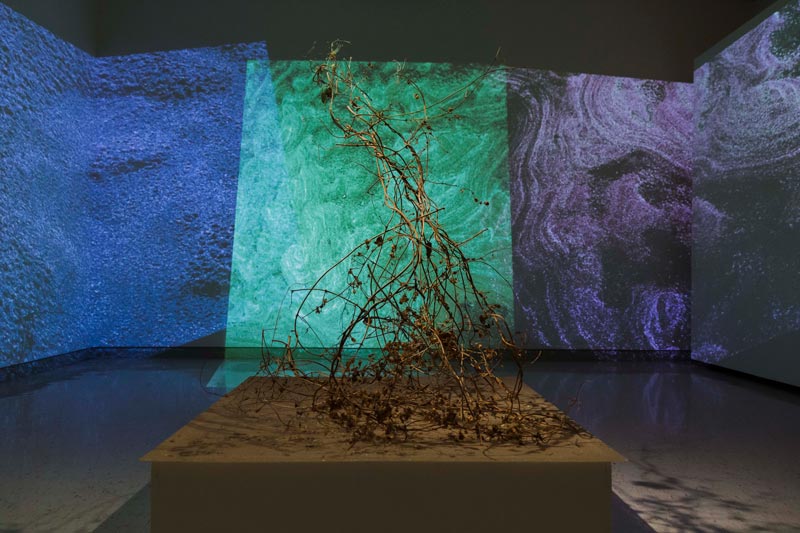
While it’s typical for MFA exhibitions to be on view at the Snelgrove gallery, 2020 hasn’t been a typical year. Due to the ongoing COVID-19 pandemic, all USask art galleries are currently closed to the public to help prevent the spread of the coronavirus. As a result, García-Luna’s exhibition was installed in the Snelgrove but wasn’t open for public viewing. She had to adjust to the change in circumstances created by the pandemic as she set up the show.
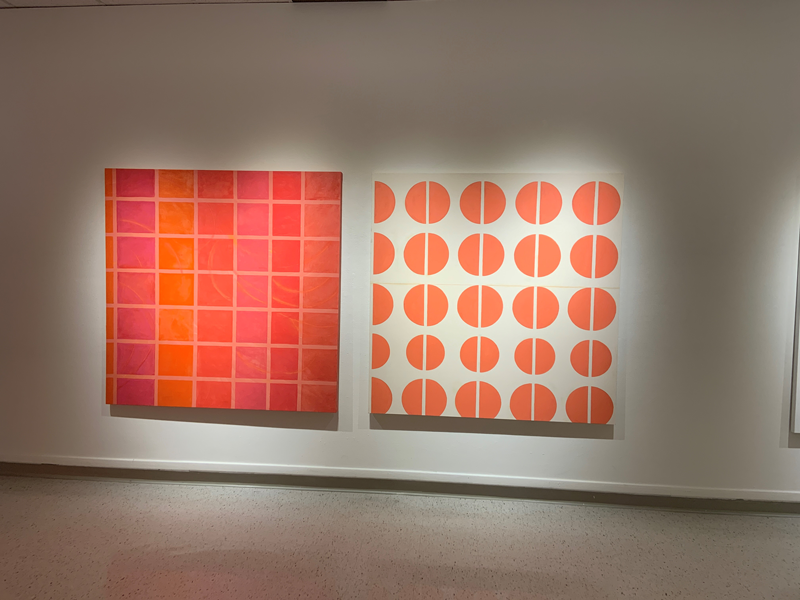
“Installing during the pandemic required extra adaptation and work,” she said. “Much of my planning had to be done differently and I had to be very self-sufficient for the different tasks that my installation required. At the end, it (was) a great relief to enter the gallery and to (get) to work in the space, (to) be able to explore, test, converse, and produce this exhibition—a real joy.”
García-Luna’s exhibition is one of three MFA shows that have been on display at the Snelgrove gallery recently. Choreographed Space, presented by Gale Hagblom, was installed from Sept. 14 – 24. Fatemeh En’s show, Architecture of a Moment, was on view from Aug. 17 – 27.
Prof. jake moore, director of the University of Saskatchewan Art Galleries and Collection (USAGaC) and a faculty member in the Department of Art and Art History, described the MFA exhibitions as equivalent to the production of a text in semiotic terms. Despite the pandemic and the current closure of the USask art galleries, moore said it was still very important to install the MFA exhibitions this year.
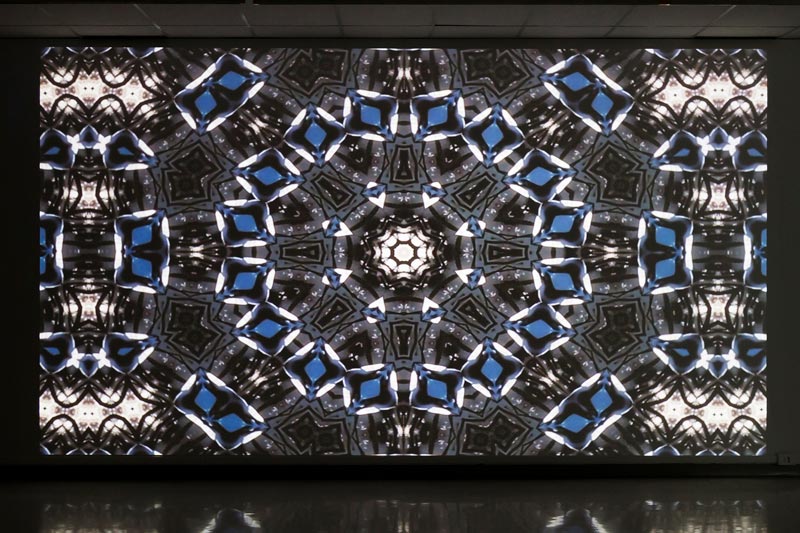
“To not produce the exhibition is like not having an essay and seeing only the outline and the notes of a written thesis. The exhibition is the form that demonstrates how fully the student has developed their practice, been able to integrate existing knowledge, and produce their own original work,” she said.
“While we are not allowed to have open access to these exhibitions, they still must exist to satisfy the criteria of the degree and to guarantee our students have had access to the requisite experience of the degree.”
moore said the lack of public access to the Gordon Snelgrove Gallery enabled the students to have more time to engage with the gallery as a research site. Each of the MFA candidates held “mini residencies” in the space to test out their ideas and to develop more fully their exhibition plans, she said.

“We have increased the quality of documentation and direct engagement around those professionalization processes,” moore added. “This is part of the delivery of the Galleries Reimagined project—to more fully support students at this elevated level.”
Each successful MFA graduate will receive the Mina Forsyth Master of Fine Arts Collection Award distributed through the Department of Art and Art History. Their MFA work will also be collected digitally in the soon-to-be-published Art and Art History collection database, said moore.
García-Luna, who is originally from Mexico City, moved to Saskatchewan permanently in 2009 to live with her husband, who was born and raised in the province. She said USask’s MFA program was the “perfect choice” for her, as it aligned with her interest in visual art studio practices. García-Luna’s master’s degree work was supervised by Prof. Susan Shantz, and her advisors were Prof. Alison Norlen and Prof. Jennifer Crane, from the Department of Art and Art History.
“The excellent level of the artistic work of the faculty and the small size of the program were also important factors in my decision to choose USask,” García-Luna said.
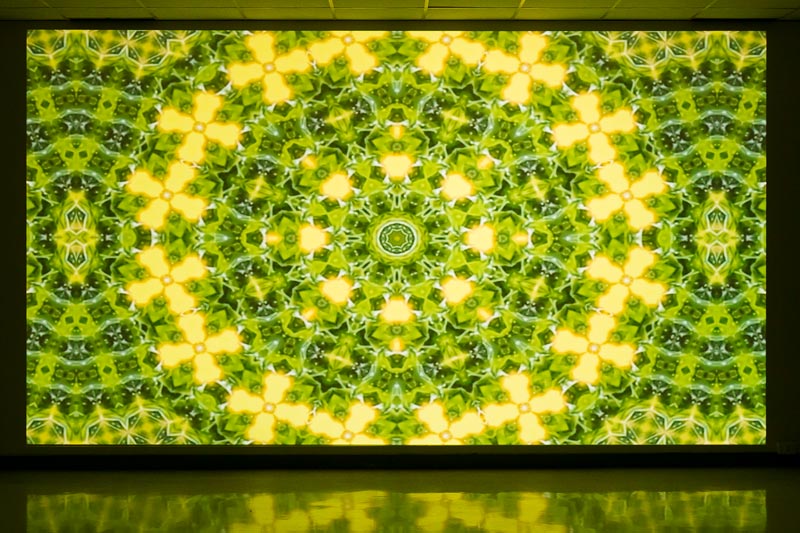
“The best parts of my MFA studies were the conversations about art with faculty and peers, the many explorations in diverse art mediums I was able to make during these two years—and the conclusion of these explorations in my MFA exhibition entitled TRACES.
"I can see already how the program has resulted in widening my perspectives on thinking and doing in relation to my work, and that is very exciting.”

